By Lakshmi Subramanian
The mass graves at Chemmani cemetery in Jaffna reveal hundreds of human remains, reopening the painful wounds of Sri Lanka’s civil war for Tamil families seeking closure.
As shovel hit bone, ghosts of the past awakened.
This February, labourers brought in to start work on a cemetery in Jaffna’s Chemmani area dug up what appeared to be human bones. Alongside skeletons, they also found school bags, toys and, as per one report, even a baby bottle.
The site was near a civil war-era mass grave, one of the largest on the island, but the locals did not expect more remains. This site is 250m from the place the bodies were found years ago.
In 1998, Sri Lankan soldier Somaratne Rajapakse, on trial for rape and murder of schoolgirl Krishanti Kumaraswamy, had claimed that bodies of hundreds of Tamils killed by the military were secretly buried at Chemmani. The first excavation began, uncovering 15 bodies, and the then government declared the digging complete.
But it seems dead men do tell tales. By September 1, when President Anura Dissanayake visited, 200 skeletons had been dug up. “The third segment of the second phase of excavations is going on now,” said lawyer V.S. Niranchan, one of the members supervising the excavation.
This was in late August, when THE WEEK visited the site. The huge iron gates were locked from inside, three army men stood guard, and men and women in protective gear sat next to a huge pit. “With today’s recovery,” said Niranchan, “excavations carried out over 48 days have brought to light 191 fully exhumed sets of skeletal remains.”
The findings offer some degree of closure to the families of those who went missing during the conflict. The Sri Lankan civil war, between the Sinhalese-dominated government and the Liberation Tigers of Tamil Eelam, lasted more than 25 years and reportedly claimed close to one lakh lives. Said Lawyer Ranitha Gnanarajah, who works with more than 600 Tamils looking for their lost kin: “The scanned area is three times larger than the site that has been excavated. Many Tamils were displaced in 1995 from Jaffna.”
There is muted hope among the families in the area, especially among those who lived through the years of strife, as past investigations have not led to much. But Gnanarajah and her team continue to fight, helping the administration in any ways they can.
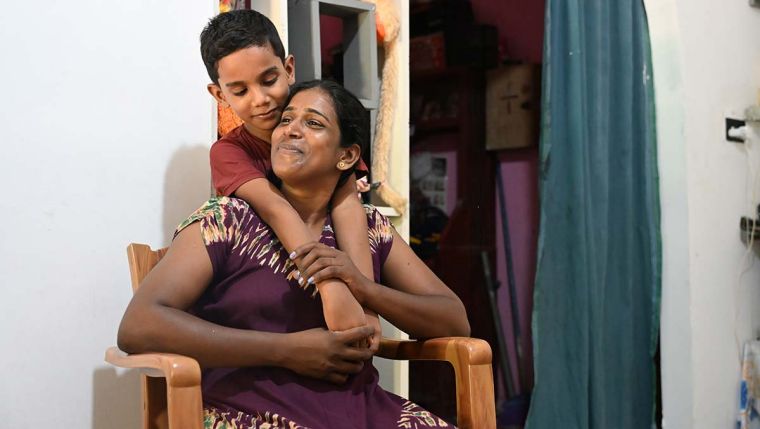
The story of the youth is different. A lot of them were not affected by the war and have no idea why the grave is being dug now. “I don’t want to go there or even hear about it,” said 19-year-old Somika Thampirajah, a front-office worker at a Jaffna hotel. “Won’t it be haunting to see the skeletons there? I don’t know if there was a war here. I have heard my parents talk about it. I know only YouTube, my phone and my job here.” She looked at her computer, as if closing the chapter.
Her colleague, 20-year-old Sugenthiran Rajanayagam, is from Mannar district, but has never visited. His parents took him to Thoothukudi in Tamil Nadu when he was two, and they only returned when he was 17. “I want to live in India, because we have money and also a stable internet connection to watch Reels,” he said.
Asked about the LTTE and its chief Prabhakaran, he shrugged and smiled. “People say he is from Valvettithurai. I live there only,” he said, adding that he didn’t want to know about the difficult times his parents faced.
About 120km away, at Viusvamedu in Mullaitivu district, seven-year old Dakshin Niranjan climbed an old, torn sofa to sit on his mother’s lap. He is in class two, studying both Tamil and Sinhala in a nearby government-run school. His mother, Dharmila Antony Niranjan, wants to ensure that she passes on the past to the future generation. Her elder son, 12, is at a boarding school in Jaffna. “I have told him all my stories, but my younger son doesn’t know. I will tell him as well,” she said. Dakshin has heard about her days in the Vanni jungle. “I like hearing those stories. She used to say how they would hide inside the bunkers, how she got trained as a soldier,” he said. But Dakshin doesn’t know what a bunker looks like. A huge neem tree and a jackfruit tree now stand on the bunker where Dharmila and her parents used to hide during the war. “We closed it after we got government support to rebuild our house,” said Dharmila. Her husband, Antony, also part of the LTTE once, is now a carpenter in Dubai.
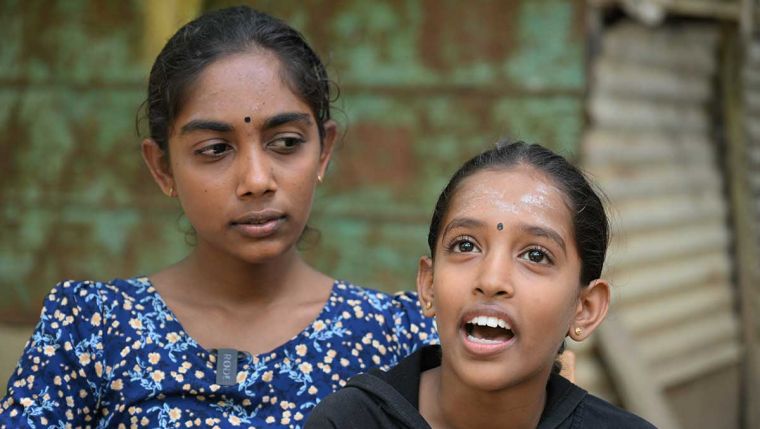
Dharmila’s neighbour Pavitha Maruthaveeran was eight when the war ended. She lost her family and had to move to an army camp for two years. “We were at peace when the LTTE was around. The boys never used to abuse the women. But now the boys are into drugs, they watch porn on their phones and it’s not very safe,” said Maruthaveeran, who heads the local youth club and is part of an NGO that works with the youth of the area. “The young generation only want to make merry. They do not know the difficult times their parents faced.”
Her friend Madhumitha Jayaseelan, 19, does not fall in that group. “I was only four when the war ended, but we were in the Chettikulam camp for more than two years,” she said. “My mother used to tell me everything. She was forced to join the LTTE when she was 15, but she used to say that she loved her job.”
Her 12-year-old sister Asmita also heard those stories, but she was not as impressed. “She used to say how they felt like being in heaven those days, but I don’t feel any difference,” she said. “I want to complete my studies from Jaffna and go abroad. I want to earn as much as I can to live a lavish life.”
A few hundred metres away, at Red Paana, 44-year-old Tharmaprakasan Yogeswari and her 20-year-old son Vaseegaran recalled the LTTE days. Yogeswari—Mala in the LTTE—fought between 2002 and 2009. Her husband was her senior in her battalion. Now divorced, Yogeswari works for an NGO supporting war widows. Vaseegaran, who has a diploma in mechanical engineering, is looking for a job. “I have heard all the stories from my mother. If such a situation happens now, I will go fight for the Tamils,” he said. “But life has to move on. If I get a job abroad, I will take my mother and we can live a comfortable life.”
His friend Muthukumar Nandan was not so enamoured by the past. “I don’t know Prabhakaran or Tamil rights. What is going to change for me by celebrating the past? I like to watch YouTube, go around with friends and spend time in the fields,” he said. After completing his A level, Nandan, 21, worked with his mother to clear weeds in the fields. He later worked for an NGO to clear landmines. No job, he said, could earn him enough to support his family.
Said Dharmila: “Before 2009, we depended only on radio news aired by the LTTE sympathisers. This generation are YouTubers and Instagram-mers, and do not know about the scars of the war. They do not want to get into any altercation even with the local police for any issue. Most of them do not have fighting spirit. Everything has changed now. I don’t know if it’s for good or bad. But I know that we Tamils are still marginalised in this country.”
Today, the modern A9 highway connects north Sri Lanka with the south. AC trains carry more than 500 people every day from the south to the north and vice-versa. Star hotels, resorts and cafes have come up in Jaffna, and even smaller districts such as Vavuniya and Mullaitivu have opened for tourists.
On September 1, when Dissanayake visited Jaffna, he promised a society where Sinhala Buddhists, Tamils and Muslims live in unity.
“But bringing an international cricket stadium [to Jaffna] or expanding the Myliddy harbour may not appeal to the people of the north [as they want political solution more than infrastructure],” said Jaffna MP Gajendrakumar Ponnambalam. “There is a strong disappointment among the Tamil-speaking people as there is no tangible progress on the confidence-building measures promised by the ruling NPP (National People’s Power).”
But Ponnambalam did agree that Dissanayake’s party won in north Sri Lanka only because of the divisions within the Tamil political parties that did not educate the youth on their past. This led to an increasingly apolitical generation.
More important, the underlying issues that led to the civil war remain largely unchanged. The attempts to reform the constitution remain futile. There are no jobs for those in the north, except those in a few tourist attractions. “While there were promises of [full implementation of] the 13th amendment (decentralisation of power to provincial councils), there are no discussions on a political solution,” said Batticaloa MP Shanakiyan Rasamanickam.
The digging of graves might finally answer some long-held questions, but the future path of the Tamils in Jaffna is anything but clear.
*The article was published in The Week.
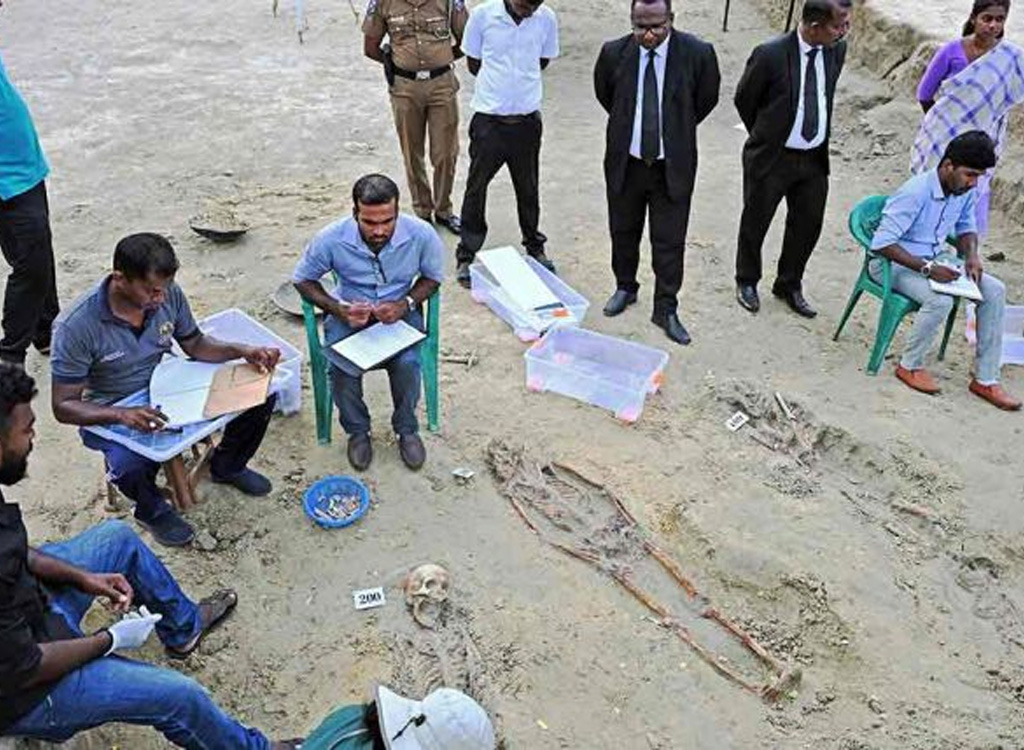
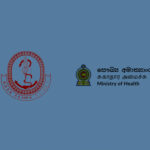

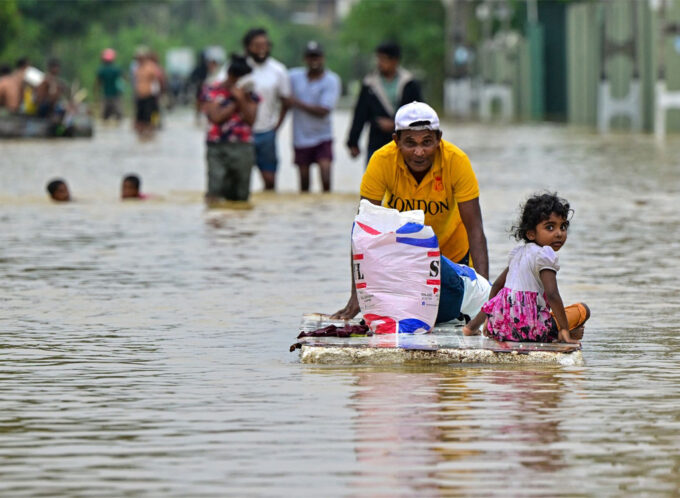
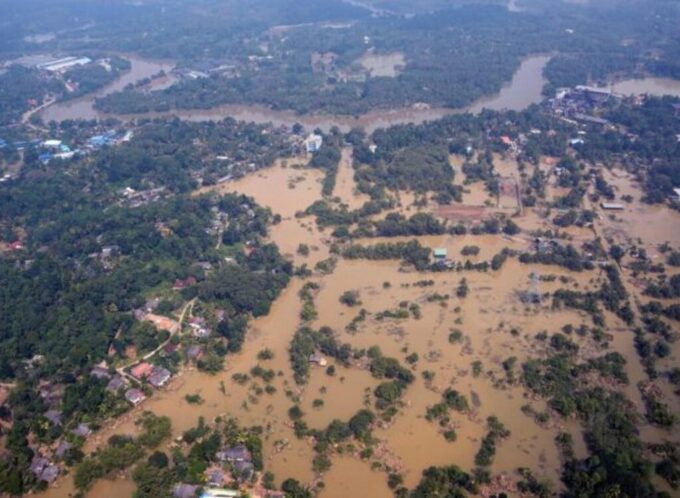
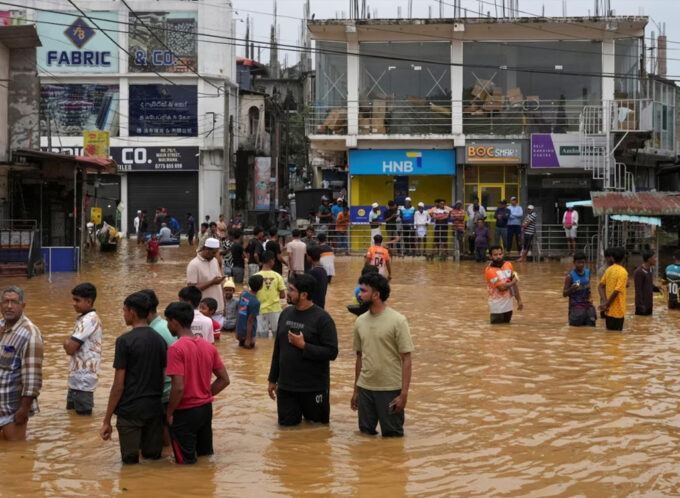
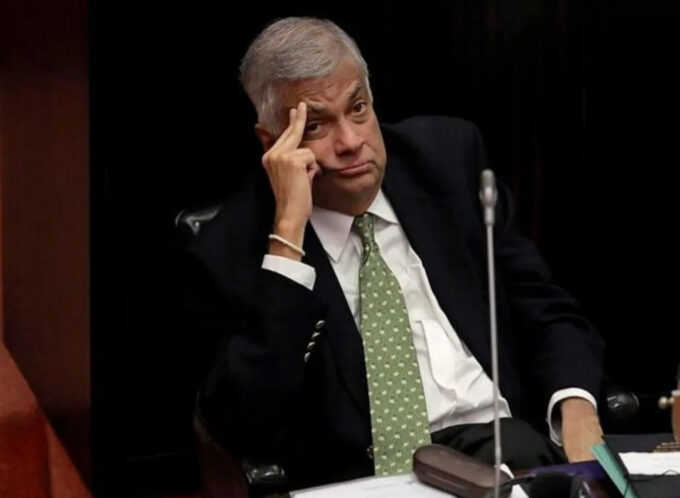

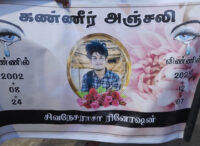
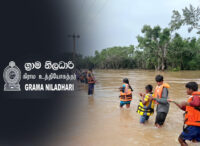
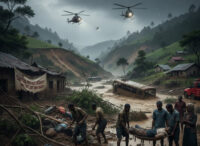
Leave a comment